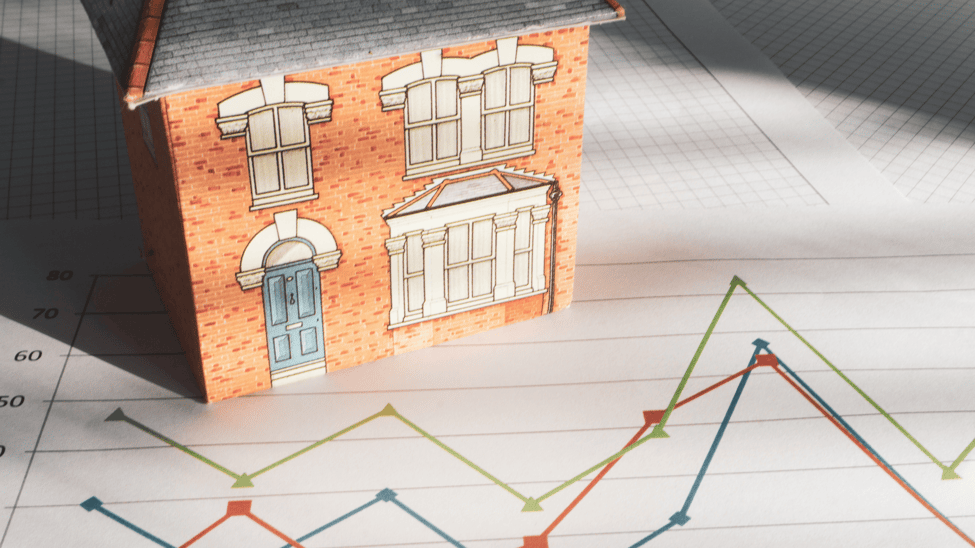So You Are Getting Ready To Purchase A Home
Purchasing a home is a very exciting time! You are making a big step forward in to setting downs roots but with that comes financial responsibility and commitment. The last thing you want to do is overextend yourself leaving you house broke in crippling debt. So lets get started in making sure you are properly prepared with how much you can afford and create a budget so that doesn't happen.
Calculate How Much You Can Afford
Once you decide you're ready to buy a home, it's time to set a budget. A good place to begin is by calculating your DTI (Debt to Income) ratio. This plays a big roll in how much you can afford so lets look at how it's calculated.
Step 1. Add up all your monthly debts
Your debt payments could include:
- Monthly rent or house payments
- Monthly child support or allmony
- Student loans
- Car payments
- Monthly credit card minimum payments
- Any other debts you may have
You DON'T add
- Grocery Bills
- Utility Bills
- Taxes
- Any other bills that may vary month to month
Step 2. Divide monthly debts by your monthly income
Lets do a simple calculation for an example. Lets say your debts are $2,000 per month. If your monthly income (before tax) is $6,000 per month, then your DTI ratio is 0.33 or 33%. Generally, a good DTI is roughly 36% or under which tells lenders you can handle your monthly payments. If you want to take it to another level, try to keep your DTI under 30% for extra protection, but we know that can be unrealistic in this environment.
Step 3. Down Payment
Your down payment is a large, one time payment toward the purchase of your home. In Canada, your lenders will require a down payment because it mitigates their risk. Many people believe you need 20% down to purchase a home, but this simply isn't true. A down payment of that size isn't realistic for most first time buyers.
Thankfully, you can get a conventional loan for as little as 5% down!
But, if your are fortunate enough to put 20% down, you get to skip out on the mortgage insurance. If you want to see what your mortgage insurance might be, just like here and scroll down to the bottom of the page for a mortgage insurance calculator.
Step 4. Closing costs
We generally tell clients to save 0.5% to 1.5% (on the high end) of the purchase price. This will help cover your lenders fees, lawyers cost and more! Working with a professional real estate agent in the Stoney Creek and Hamilton area is free when purchasing so don't worry about adding that cost in.
Step 5. Decide what mortgage type is for you
Before applying for a mortgage, take a minute to decide what mortgage type is for you and which one you'd like to qualify for.
- CONVENTIONAL LOANS - is an uninsured residential mortgage. This means you paid the 20% or more. These are favorable loans as you don't have to pay the mortgage insurance
- INSURED LOANS - is when you put less then 20% down on a home. This means your lender will have to insure your mortgage.
- PRIVATE LOANS - or simply private money, is when an individual, organization or company provides you the money for a mortgage usually at a higher interest rate.
Step 6. Get pre-approved
I'm sure you heard it all before but there's a very good reason for that. When it's time to start house hunting, it's extremely important you get pre-approved. This will ultimately tell you how much you can safely afford. You can do this by contacting your local mortgage broker or specialist, or if your in the Stoney Creek, Hamilton or Surrounding Areas, just click here and write "need mortgage broker" and we can send you one of the top mortgage brokers in the area!
If you want to learn more about buying a home, contact us at [email protected] or click here for your free buyers guide on how to purchase a home!
William Marlow
Founder of William Marlow Real Estate and Top Real Estate Agent In Stoney Creek

.png)
